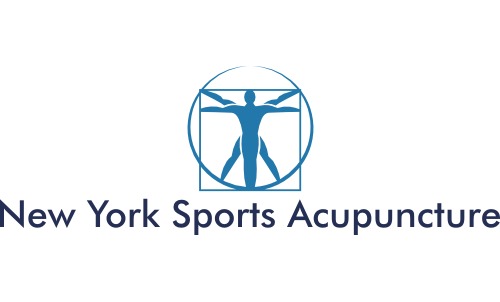Research Update – Traditional Chinese Medicine and
HIV
A study conducted at Yale University General
Clinical Research Center and published by Alternative
Therapies in Health and Medicine shows promise for the efficacy of
acupuncture in alleviating symptoms of human immunodeficiency virus, or HIV.
The study, while small in numbers of subjects, allows for further study into
the use of Traditional Chinese Medicine to support patients with HIV. The
patients received acupuncture treatments twice a week for three weeks.
During this period of time, researchers tracked
their symptoms of distress, psychological distress and overall quality-of-life.
The data from this pilot study suggests the participants noticed an improvement
in their symptoms and their quality of life by the time the study was
completed.
Acquired Immunodeficiency Syndrome or AIDS is
caused by a virus known as the Human Immunodeficiency Virus or HIV. People can
contract HIV through a number of ways, but the most common is having
unprotected sex with an infected partner. It can also be spread by contact with
infected blood or from mother to child during pregnancy. HIV slowly weakens the
immune system, making the host susceptible to multiple infections and diseases
that eventually kill the host.
The good news is that the number of infected
people in the United States is steadily declining and not everybody who is
diagnosed as HIV-positive will succumb to the virus. Huge strides in modern
medicine have allowed people to live normal lives despite being infected with
HIV.
Traditional Chinese Medicine (TCM) is probably
the most commonly known alternative to modern medicine due to its long history
and the fact that more and more people are seeking out ways to avoid taking
over-the-counter medication and visiting hospitals.
TCM helps HIV-positive patients by boosting
their immune systems, relieving symptoms and decreasing the side effects of
prescription medications. Most people who are diagnosed with HIV are advised to
start drug therapy as quickly as possible even though many of the medications
prescribed have significant side effects.
Many patients report improvements in sleep,
stress levels, digestion and immune function once they begin regular
acupuncture treatments, and science backs this up. There are two ways the
health of HIV-positive patients is monitored: their T-cell count and their
overall viral load. For those who begin acupuncture treatments and are
consistent with them, T-cell numbers remain high and sometimes even increase
and the overall viral load in the body decreases. This helps keep their immune
system functioning at a high level, while also combatting symptoms like fatigue
and stress associated with the infection.
TCM is unique in its approach to treating HIV
because it is one of the few medical systems available that addresses the whole
person without compartmentalizing their symptoms. This allows for the patient to
receive help in healing not just the body, but also the mind. Multiple studies
confirm emotions can affect the body and actually make us sick. TCM addresses
the mind-body connection and treats the person holistically, thus providing for
an overall better quality of life.
If you suffer from HIV/AIDS, ask me how
Acupuncture can help!
New York Sports Acupuncture
Dr. Bishara Wilson, DACM, L.Ac.
888.375.5444
